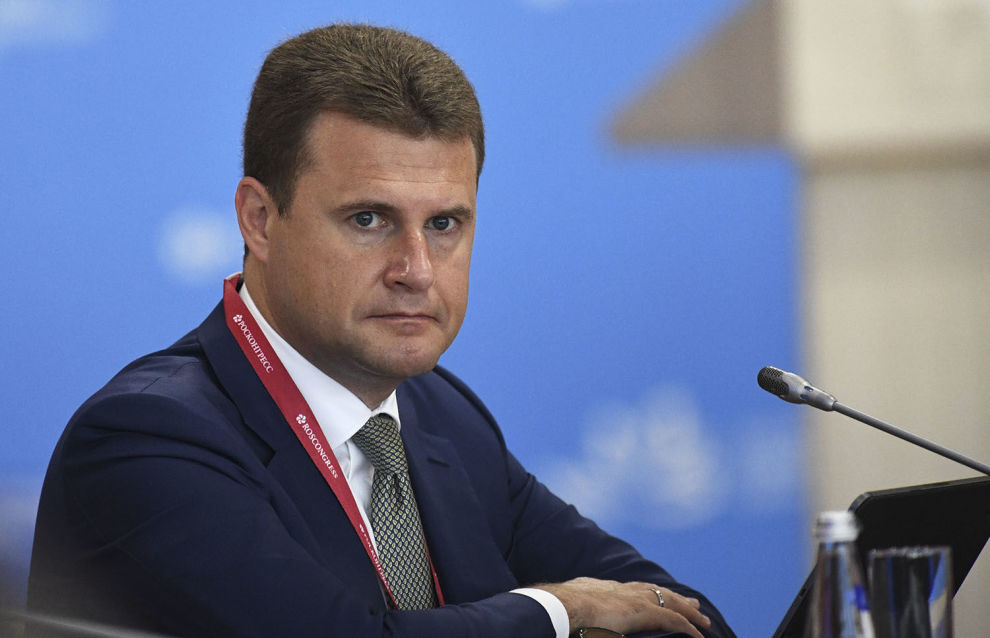Alexei Chekunkov: Developing the NSR will improve the quality of life in the Arctic
The Government of Russia has approved a plan to develop the Northern Sea Route until 2035. The Minister for the Development of the Russian Far East and Arctic, Alexei Chekunkov, told President Putin about the main details of the plan, the Ministry’s press service reported.
The plan emphasizes the development of a cargo base. In addition to signing trilateral agreements with leading Arctic companies, managers of new projects will be encouraged to send their freight through the Northern Sea Route. Increased coastal and transit traffic will also be promoted. Jointly with Rosatomflot, the Ministry launched regular coastal service between Murmansk and Kamchatka in 2022 with incentivized freight carriage on the Northern Sea Route . “We offered a subsidized tariff. The load on the first run was only about 15 percent (as shippers tested the new route) but it shot up to 90 percent on the second run. This year, there will be three runs; the number of ports of call has increased from four to 11, and the route has been extended to Vladivostok.”
“Export freight traffic is part of the plan. As for transiting, we expect a certain readjustment of targets in 2023-2024. A number of unfriendly countries are attempting to revise their declared plans for NSR transit shipping, but we see growing interest in using the route from China, India and the Southeast Asian countries,” Mr Chekunkov said.
The second goal is creating land transport infrastructure. The Ministry is planning to build or upgrade 14 ports and terminals from Murmansk to Vladivostok. LNG terminals are being built in Murmansk and Kamchatka, which will be put into service this year and next year. Other construction projects include the Bukhta Sever oil loading terminal, the Lavna coal terminal, and the fertilizer transshipment Port of Tuloma.
The third goal is developing the freighter fleet. A plan has been approved to build a new icebreaker fleet and an ice-class cargo fleet with 153 vessels combined.
“The main challenge in this regard is replacing a number of technologies from unfriendly countries. Our shipbuilders and the entire Russian industry are working through this challenge. You regularly visit the Zvezda Shipbuilding Complex in the Far East, which is focusing on the construction of ice-class tankers for the Northern Sea Route,” the Minister told President Putin.
Fourth, it is necessary to ensure navigation safety on the NSR. This includes a new satellite cluster, better hydrographical and hydro-meteorological support, and development of rescue and medical infrastructure. Sixteen new rescue ships will enter service on the NSR between 2023 and 2025.
“The Emergencies Ministry is building the first of four planned rescue centers. Thirteen helicopters in tandem with icebreakers will cover the entire NSR. Space satellites will beam real-time ice reconnaissance data. We are planning to launch five satellites before the end of the year. Three days ago, Maxim Oreshkin and I inspected the launch-ready Condor-FKA satellite at the Vostochny Space Center,” he added.
And fifth, we are centralizing NSR navigation management and development.
“Under your instructions, Rosatom has assumed the management functions for NSR navigation. Mr. Alexei Likhachev and his team are cooperating with the Government to provide a single ecosystem for all NSR participants, where consignors will receive logistics, ship captains – safe navigation guidance, and the state – a clear and transparent control system,” he said in conclusion.
